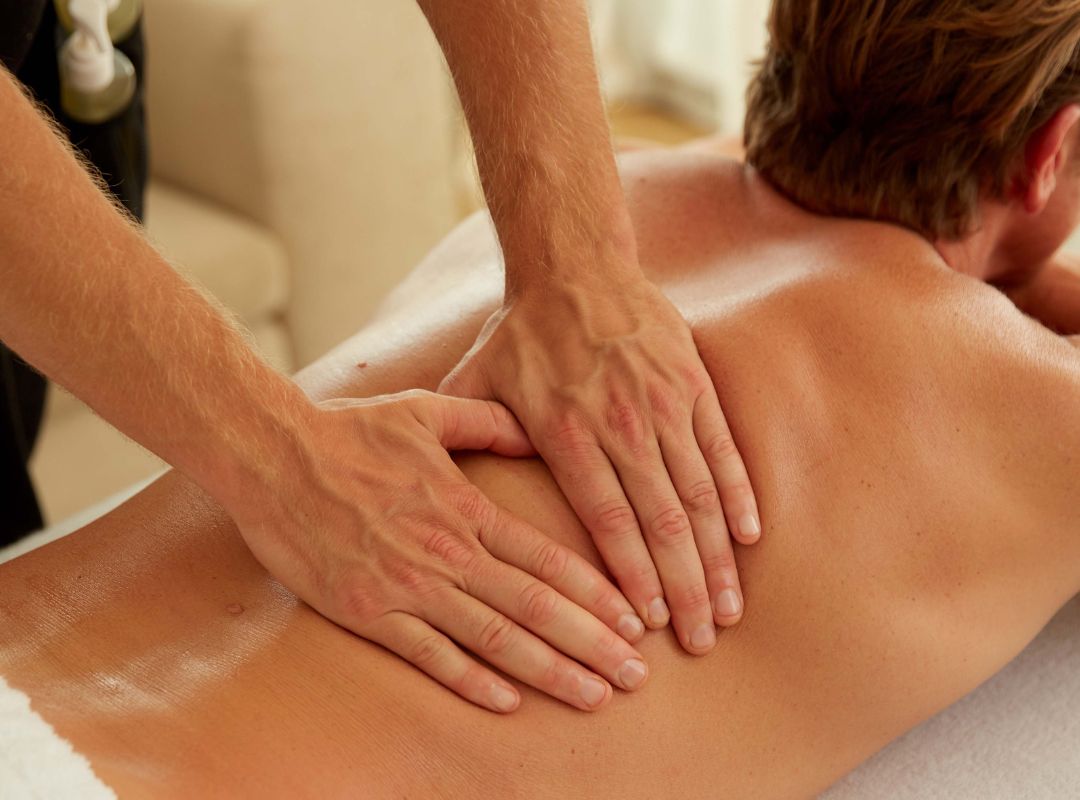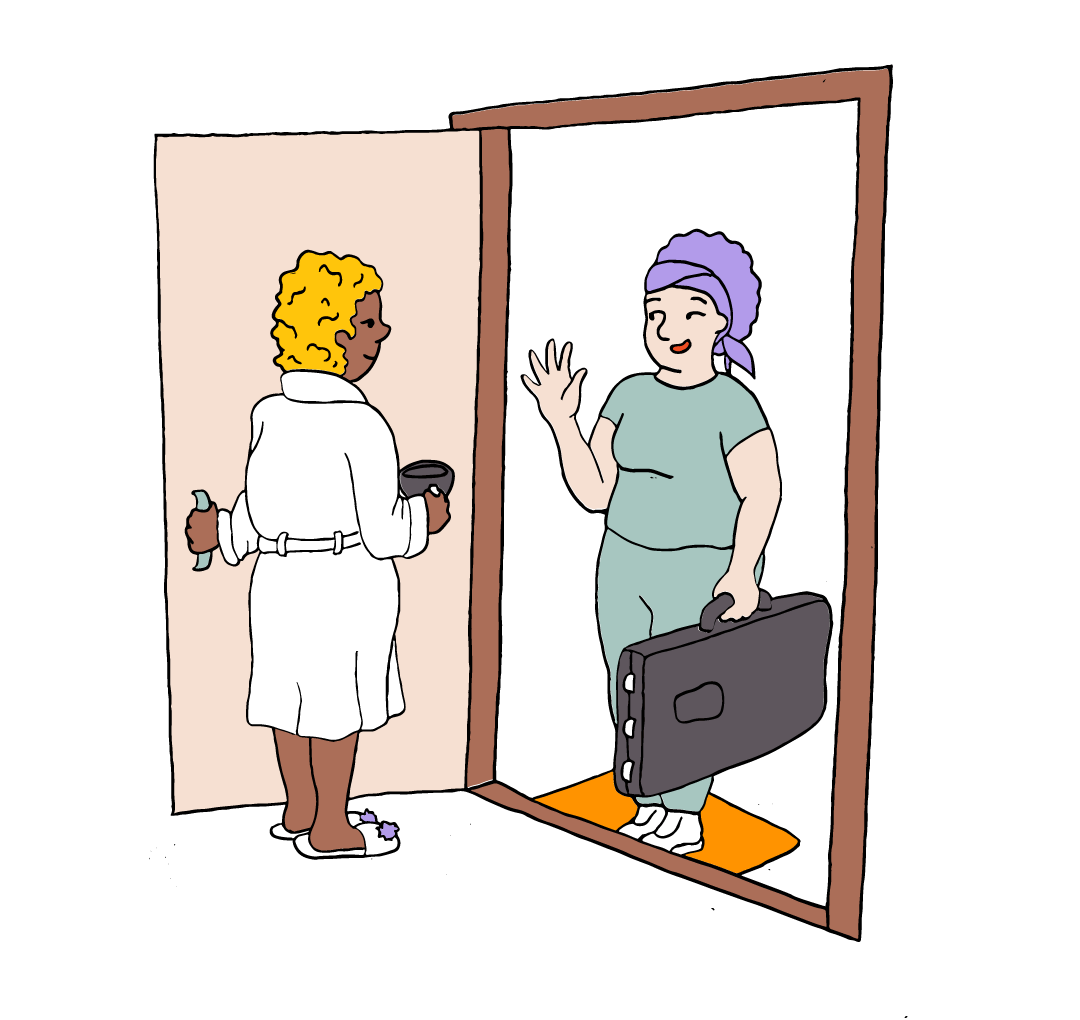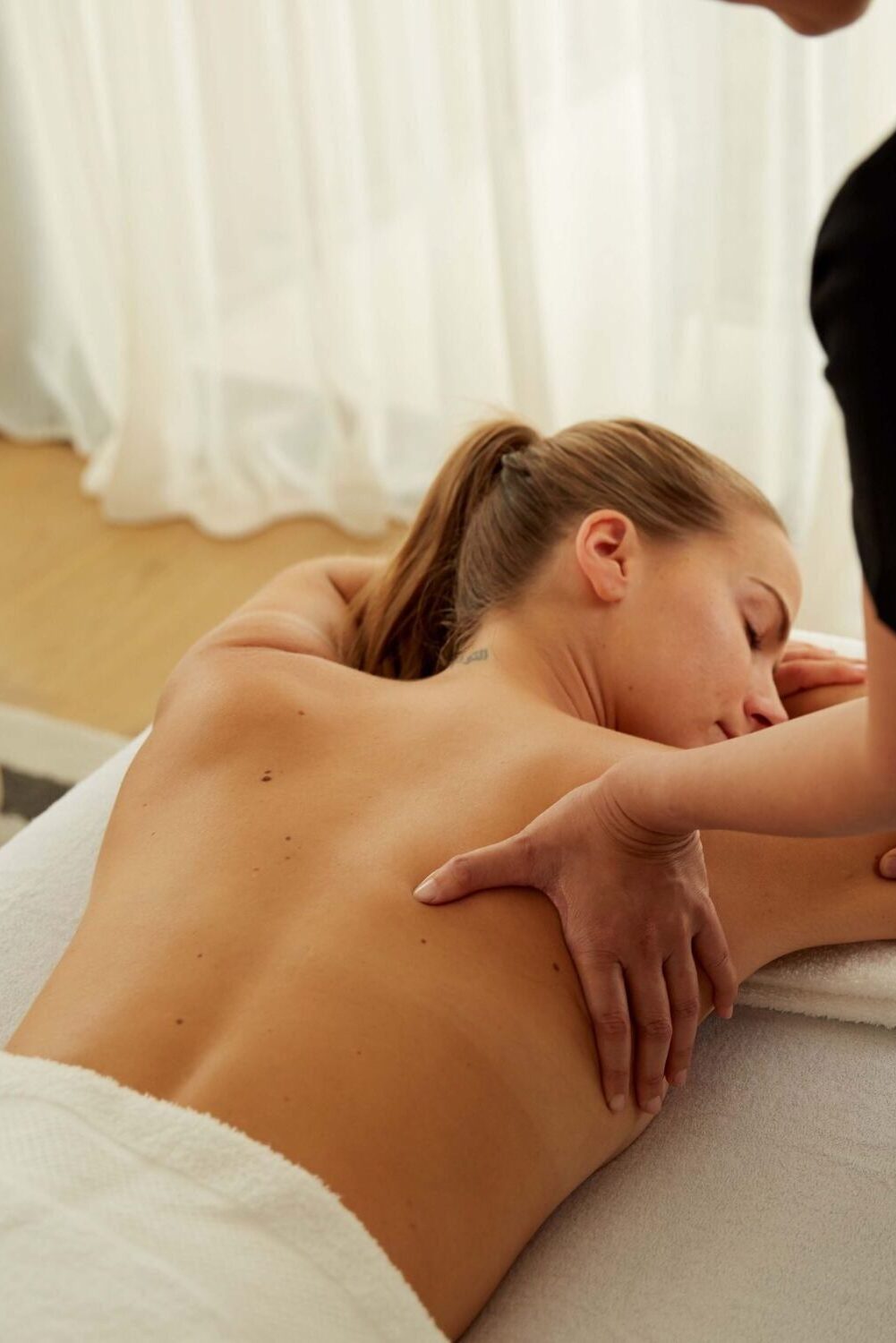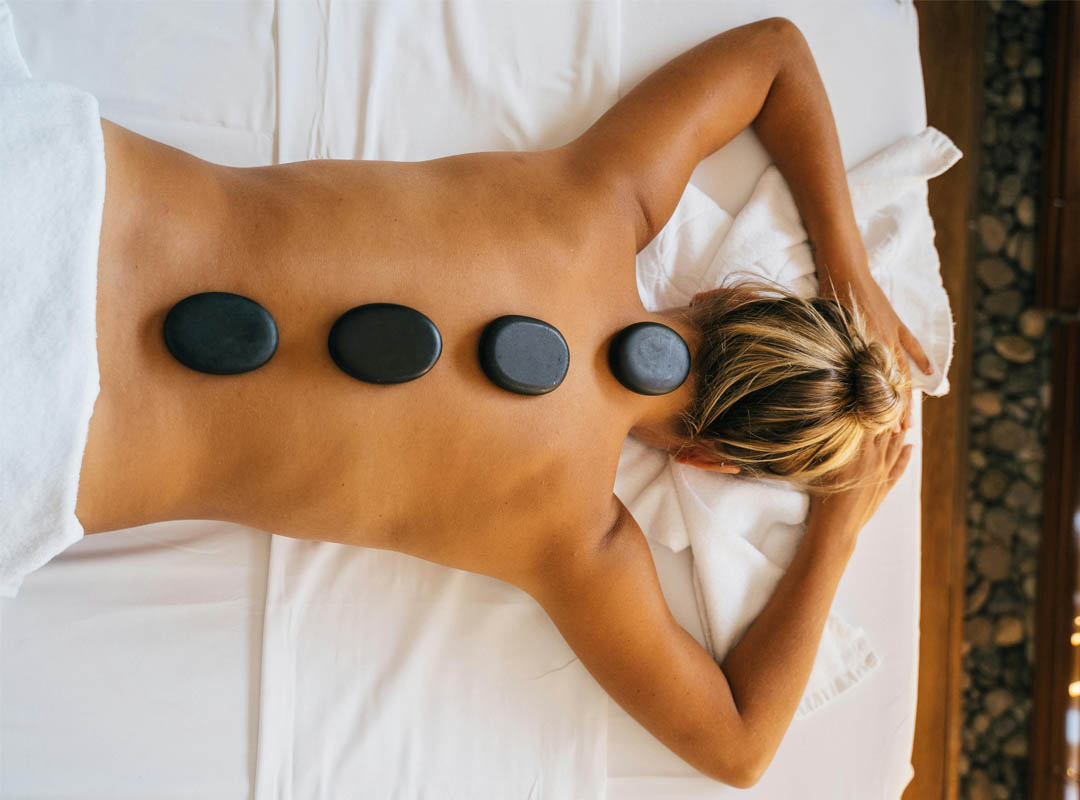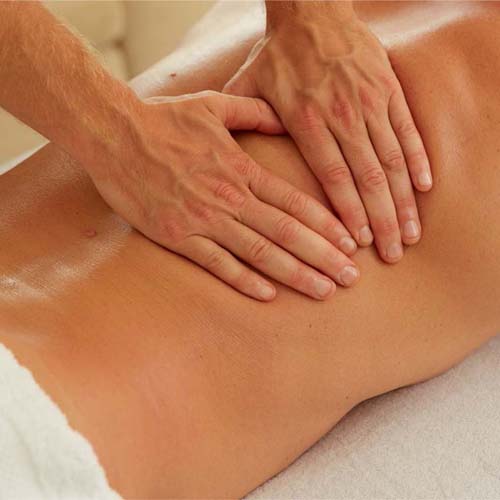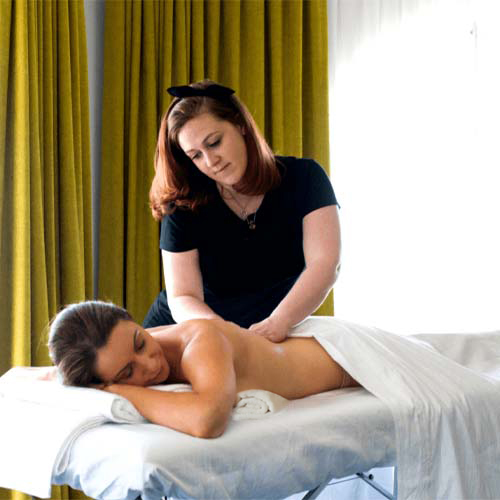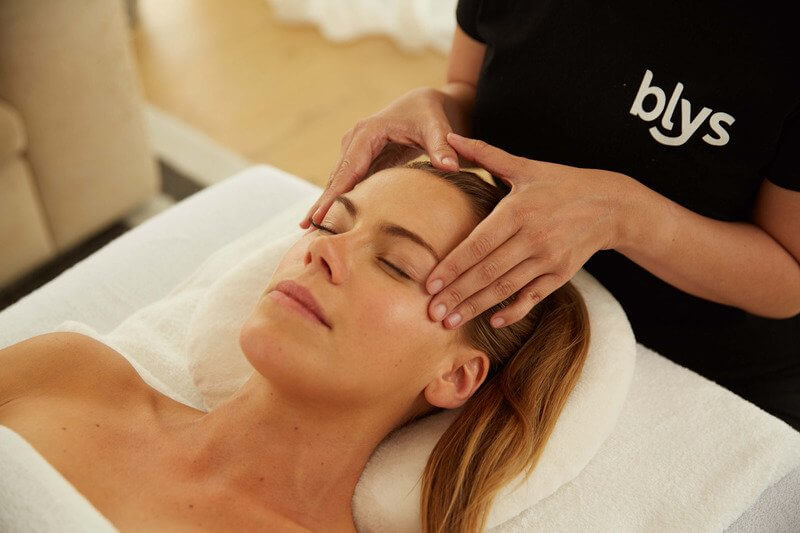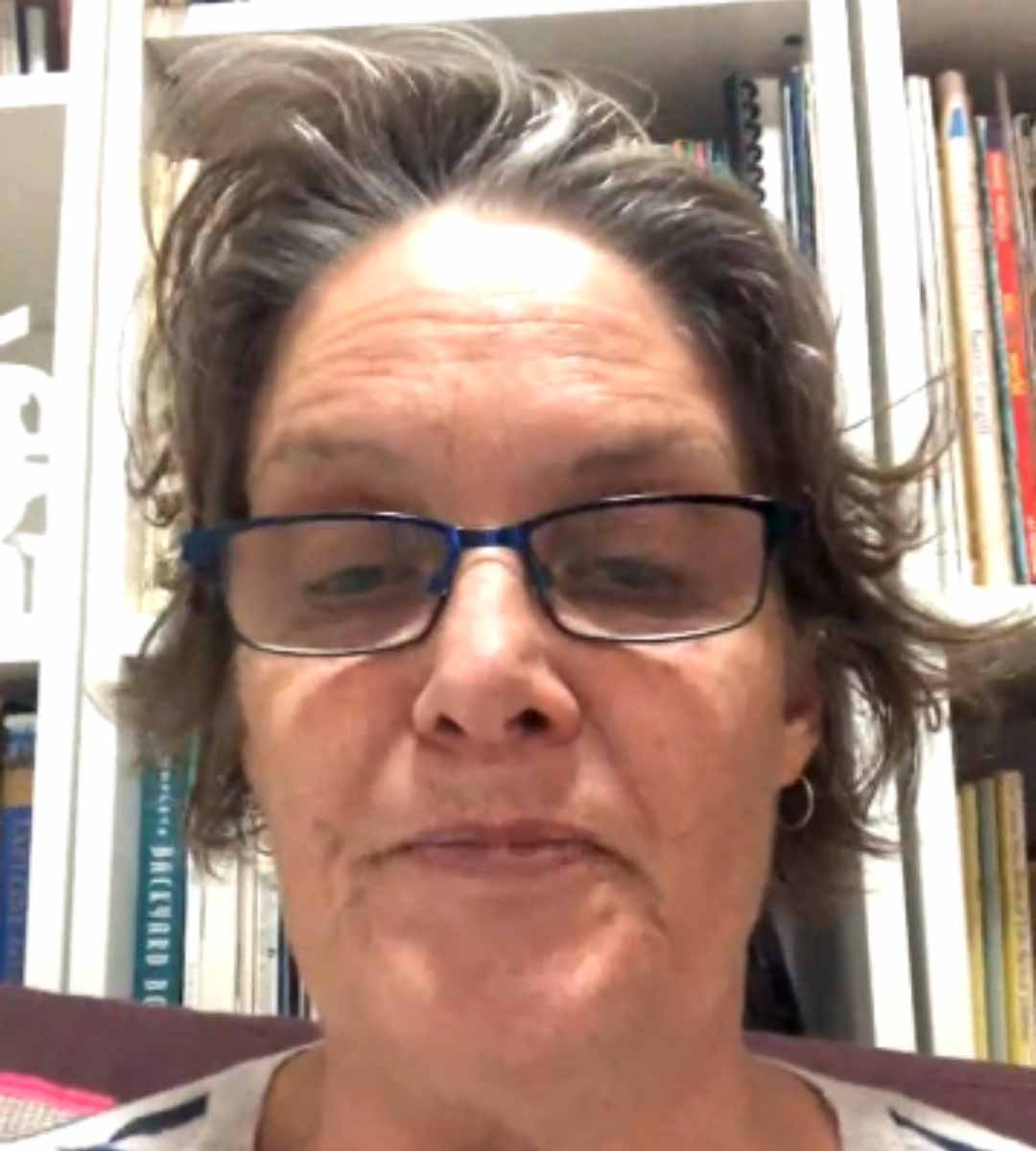Frequently Asked Questions
What are the different remedial massage techniques?
There are a variety of techniques. Your therapist will use deep pressure along the length and grain of your muscles. This may involve using their hands, knuckles and fingers, elbows and forearms to apply adequate pressure to the afflicted area.
Kneading and muscle stripping are techniques that your therapist may employ to best alleviate muscle stiffness or discomfort.
What should I look for in a remedial massage therapist?
All therapists on the Blys platform are trained in massage so each is qualified as a massage therapist. The “Therapist Profile” section on the App lists therapists’ skills, so now you are able to be more selective of your therapist.
Some massage therapists on the Blys platform are experienced in physiotherapy, which may be preferable to those clients who request a remedial massage therapist.
What is remedial massage good for?
Remedial massage is great for pain reflief and improving systems within the body that have been injured or overused.
Who should not get a remedial massage?
If you experience any adverse health conditions such as blood clots (thrombophlebitis or deep vein thrombosis), osteoporosis, cancer, or have recently undergone surgery, you must consult your doctor before you inquire about any kind of massage therapy.
Pregnant women should consult their doctor for massage during pregnancy – Blys provides pregnancy massage services to women in their second and third trimesters.
What should I do after remedial massage?
- Drink lots of water. During a massage, built-up toxins within the body are released and must be expelled from your body. Drinking water after a massage is a great way to ensure all the toxins are properly eliminated from your body.
- Stay relaxed and take it easy. The best advice we can give you is to stay calm and chill out. A massage treats tensions and stress within the body, so to hold onto those feelings of calm you have to amp up the relaxation.
- Book another massage! You can hold onto that post-massage glow for as long as possible, but the best way keep that relaxed feeling is by booking another session.
What happens during a remedial Massage?
During a remedial massage, the therapist applies varying degrees of pressure to specific areas of the body to target musculoskeletal issues. This helps to release tension, reduce pain, and strengthen the muscles. The treatment is tailored to address areas of concern, promoting recovery and improved function.
At Blys, we always ensure our clients are left feeling destressed, detoxified and, of course, relaxed to the max after a massage appointment.
Can I get a remedial massage near me?
You sure can! To book your next remedial massage at home, head to the Blys website or download the app and have a professional therapist delivered directly to you.
Blys operates all around Australia, so check out which locations we serve near you.
Can I contact my massage therapist prior to my appointment?
Yes! 48 hours prior to your booking start time, you will be able to message your massage therapist using the chat function in the app.
To access the chat function, open your app and head to the upcoming bookings page, select your booking and then click ‘message therapist’.
Your massage therapist will also have the ability to message you prior to your appointment to ask any questions they may have to ensure they can best prepare to achieve your desired results.
How effective is remedial massage?
The effectiveness of remedial massage can vary depending on your individual condition. When applied by a trained and skilled practitioner, like the massage therapists on the Blys platform, remedial massage has been shown to be effective in addressing specific musculoskeletal issues, relieving pain, improving mobility, and enhancing overall well-being for many people.
Is deep tissue massage the same as remedial?
Deep tissue massage and remedial massage are similar in that they both involve focused, therapeutic techniques to address specific musculoskeletal issues and relieve tension.
However, remedial massage is typically more comprehensive, often involving an assessment of the client’s condition and the use of various techniques, including deep tissue, to target the root causes of musculoskeletal problems, making it a broader and more clinical approach to massage therapy.
What can I expect from a remedial massage?
While it is important to communicate your limitations and preferences with your therapist throughout your home remedial massage, you should expect more intense pressure from this massage.
If you have any tightness, stiffness or pain in your muscles, expect that your massage therapist will find it and target it. This may be uncomfortable at times and your muscles will be challenged, but they will thank you afterwards.
What are the potential benefits of remedial massage?
This massage aims to decrease tension, relieve pain and increase mobility. It will help break down muscle knots, stretch the fascia surrounding the muscles, and leave you feeling more flexible, limber and pain-free.
Do remedial massages hurt?
This massage is often the preferred choices for those who experience chronic pain and tension. For this reason, the muscles that your therapist will focus on will feel stubborn and immobile.
The massage pain you might experience is the process of these muscles being moved, scar tissue is broken down, and knots being work out. Massage “pain” exists because tight and sore muscles are realigned and resurfaced through deep pressure.
Does NDIS cover remedial massage?
Yes, in some cases, remedial massage can be covered by NDIS, but only if massage is included in your NDIS plan.
How shall I feel after a remedial massage?
You may be sore or stiff when you are off the table. This could persist for 24-48 post-massage. Don’t be alarmed by this; you will feel the benefits of massage after your muscles have recuperated.
How should I prepare for my remedial massage?
If you know you’ll be eating before your home massage, try to eat something light two hours prior.
The massage uses strong pressure, so be aware that you may experience pressure on your stomach, especially if your therapist is working anywhere on your back. Drink enough water to ensure you remain hydrated after your massage.
How often should you get a Remedial Massage?
Ideally, remedial massage should be performed quite regularly, especially for those who suffer from chronic pain or injury. It is recommended on a monthly or quarterly basis depending on the individual.
What do you wear to a remedial massage?
For a remedial massage, you should wear comfortable clothing that allows the therapist to access the areas of concern. It’s common to wear underwear or lightweight, stretchy shorts and a bra for women.
However, your therapist will provide you with draping options, such as a sheet or towel, to ensure your comfort and privacy during the massage.
What is the difference between a regular massage and a remedial massage?
A regular massage is typically focused on relaxation and stress relief, using various massage techniques to promote a general sense of well-being.
In contrast, a remedial massage is a targeted, therapeutic approach that aims to address specific musculoskeletal issues, alleviate pain, and improve physical function by employing a range of specialized techniques and often involves a thorough assessment of the client’s condition.
